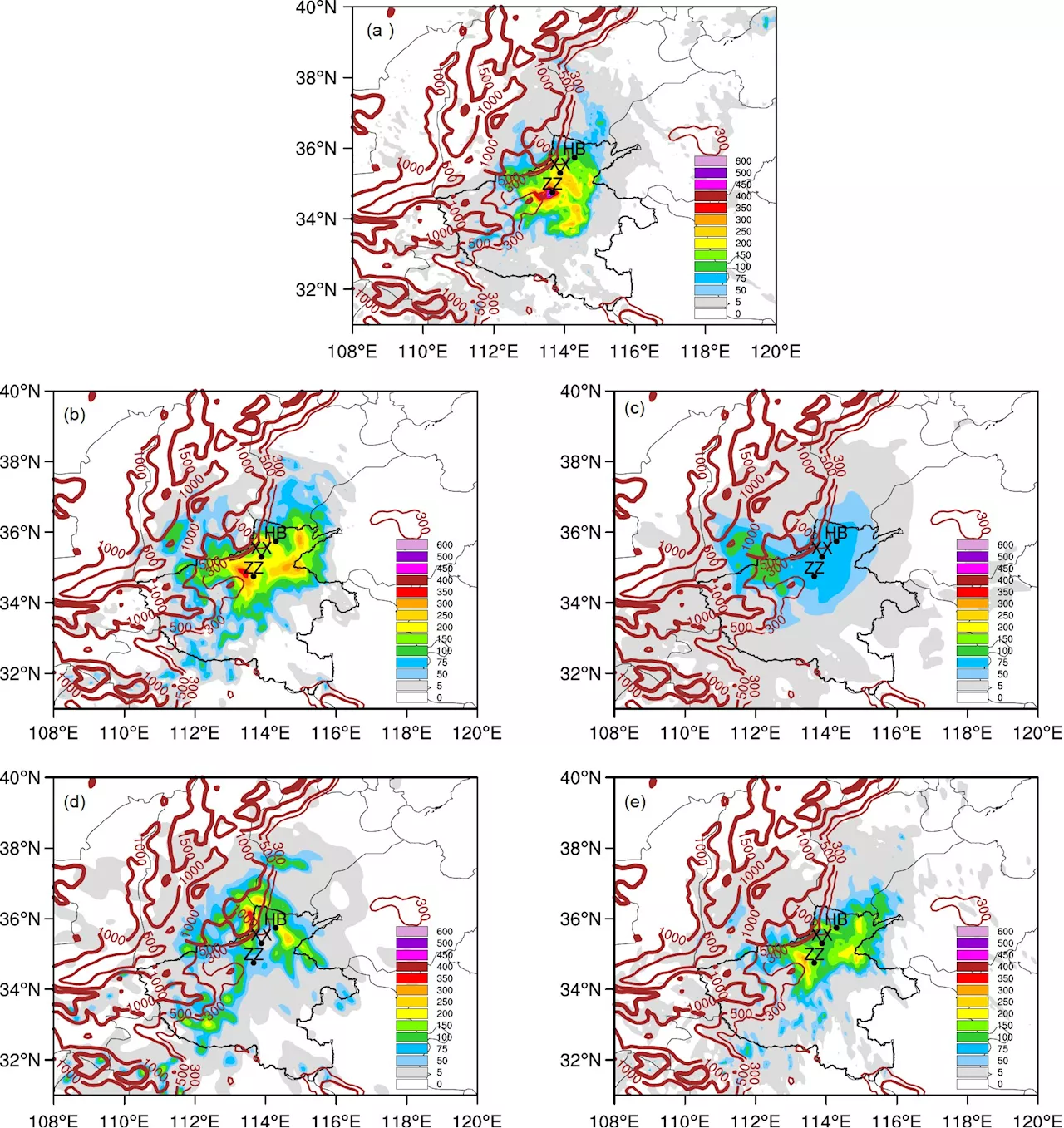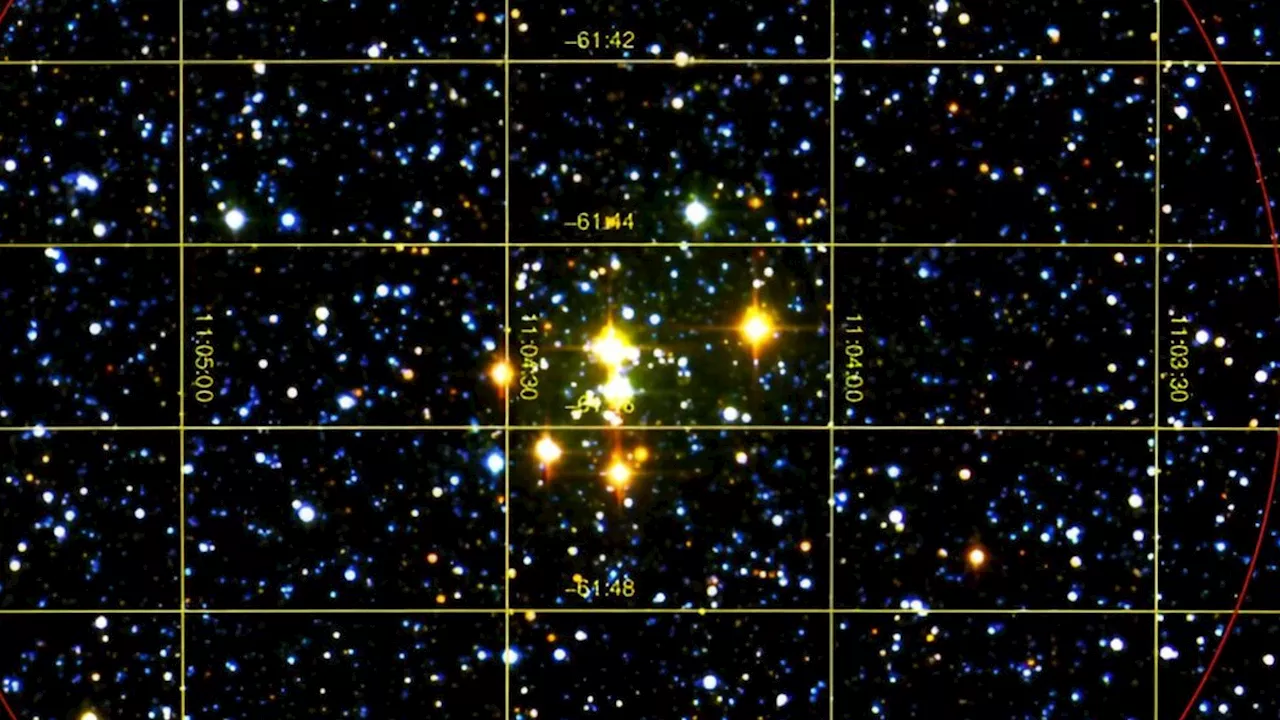A collaborative research team has identified the world's first multiple Majorana zero modes (MZMs) in a single vortex of the superconducting topological crystalline insulator SnTe and exploited crystal symmetry to control the coupling between the MZMs. This discovery offers a new pathway to realizing fault-tolerant quantum computers.
Physics researchers identify new multiple Majorana zero modes in superconducting SnTe." ScienceDaily. ScienceDaily, 29 August 2024. <www.sciencedaily.comHong Kong University of Science and Technology. . Physics researchers identify new multiple Majorana zero modes in superconducting SnTe.
A new review investigates the search of Majorana fermions in iron-based superconductors. The elusive Majorana fermion, or 'angel particle' simultaneously behaves like a particle and an antiparticle ... Researchers have achieved a key milestone toward the development of a fault-tolerant quantum computer. They were able to demonstrate a two-qubit gate fidelity of 99.5 percent -- higher than the 99 ...
Quantum computers could outperform classical computers at many tasks, but only if the errors that are an inevitable part of computational tasks are isolated rather than widespread events. Now, ... One-dimensional quantum 'nanowires' - which have length, but no width or height - provide a unique environment for the formation and detection of a quasiparticle known as a Majorana zero mode, which ...
Physics Graphene Spintronics Charles Darwin
Ireland Latest News, Ireland Headlines
Similar News:You can also read news stories similar to this one that we have collected from other news sources.
 Physics researchers identify new multiple Majorana zero modes in superconducting SnTeA collaborative research team has identified the world's first multiple Majorana zero modes (MZMs) in a single vortex of the superconducting topological crystalline insulator SnTe and exploited crystal symmetry to control the coupling between the MZMs.
Physics researchers identify new multiple Majorana zero modes in superconducting SnTeA collaborative research team has identified the world's first multiple Majorana zero modes (MZMs) in a single vortex of the superconducting topological crystalline insulator SnTe and exploited crystal symmetry to control the coupling between the MZMs.
Read more »
 Extreme rainfall event study demonstrates improved forecasting via physics-guided machine learningA research team focused on the extreme rainfall event of '21·7' in Henan in 2021. By analyzing anomalous physical characteristics and understanding multi-model forecast biases, they significantly enhanced the accuracy of precipitation intensity forecasts.
Extreme rainfall event study demonstrates improved forecasting via physics-guided machine learningA research team focused on the extreme rainfall event of '21·7' in Henan in 2021. By analyzing anomalous physical characteristics and understanding multi-model forecast biases, they significantly enhanced the accuracy of precipitation intensity forecasts.
Read more »
 What happens when your warp drive fails? Scientists have the answerRobert Lea is a science journalist in the U.K. whose articles have been published in Physics World, New Scientist, Astronomy Magazine, All About Space, Newsweek and ZME Science. He also writes about science communication for Elsevier and the European Journal of Physics. Rob holds a bachelor of science degree in physics and astronomy from the U.K.
What happens when your warp drive fails? Scientists have the answerRobert Lea is a science journalist in the U.K. whose articles have been published in Physics World, New Scientist, Astronomy Magazine, All About Space, Newsweek and ZME Science. He also writes about science communication for Elsevier and the European Journal of Physics. Rob holds a bachelor of science degree in physics and astronomy from the U.K.
Read more »
 Rare Milky Way star cluster is packed with red supergiants 1 million times brighter than the sunRobert Lea is a science journalist in the U.K. whose articles have been published in Physics World, New Scientist, Astronomy Magazine, All About Space, Newsweek and ZME Science. He also writes about science communication for Elsevier and the European Journal of Physics. Rob holds a bachelor of science degree in physics and astronomy from the U.K.
Rare Milky Way star cluster is packed with red supergiants 1 million times brighter than the sunRobert Lea is a science journalist in the U.K. whose articles have been published in Physics World, New Scientist, Astronomy Magazine, All About Space, Newsweek and ZME Science. He also writes about science communication for Elsevier and the European Journal of Physics. Rob holds a bachelor of science degree in physics and astronomy from the U.K.
Read more »
 New bosons: CERN’s anomalies could bring us closer to novel particlesA groundbreaking study explores anomalies in particle physics experiments, suggesting the existence of new bosons.
New bosons: CERN’s anomalies could bring us closer to novel particlesA groundbreaking study explores anomalies in particle physics experiments, suggesting the existence of new bosons.
Read more »
 Jupiter-bound JUICE probe slingshots by Earth on way to Venus (photos)Robert Lea is a science journalist in the U.K. whose articles have been published in Physics World, New Scientist, Astronomy Magazine, All About Space, Newsweek and ZME Science. He also writes about science communication for Elsevier and the European Journal of Physics. Rob holds a bachelor of science degree in physics and astronomy from the U.K.
Jupiter-bound JUICE probe slingshots by Earth on way to Venus (photos)Robert Lea is a science journalist in the U.K. whose articles have been published in Physics World, New Scientist, Astronomy Magazine, All About Space, Newsweek and ZME Science. He also writes about science communication for Elsevier and the European Journal of Physics. Rob holds a bachelor of science degree in physics and astronomy from the U.K.
Read more »
